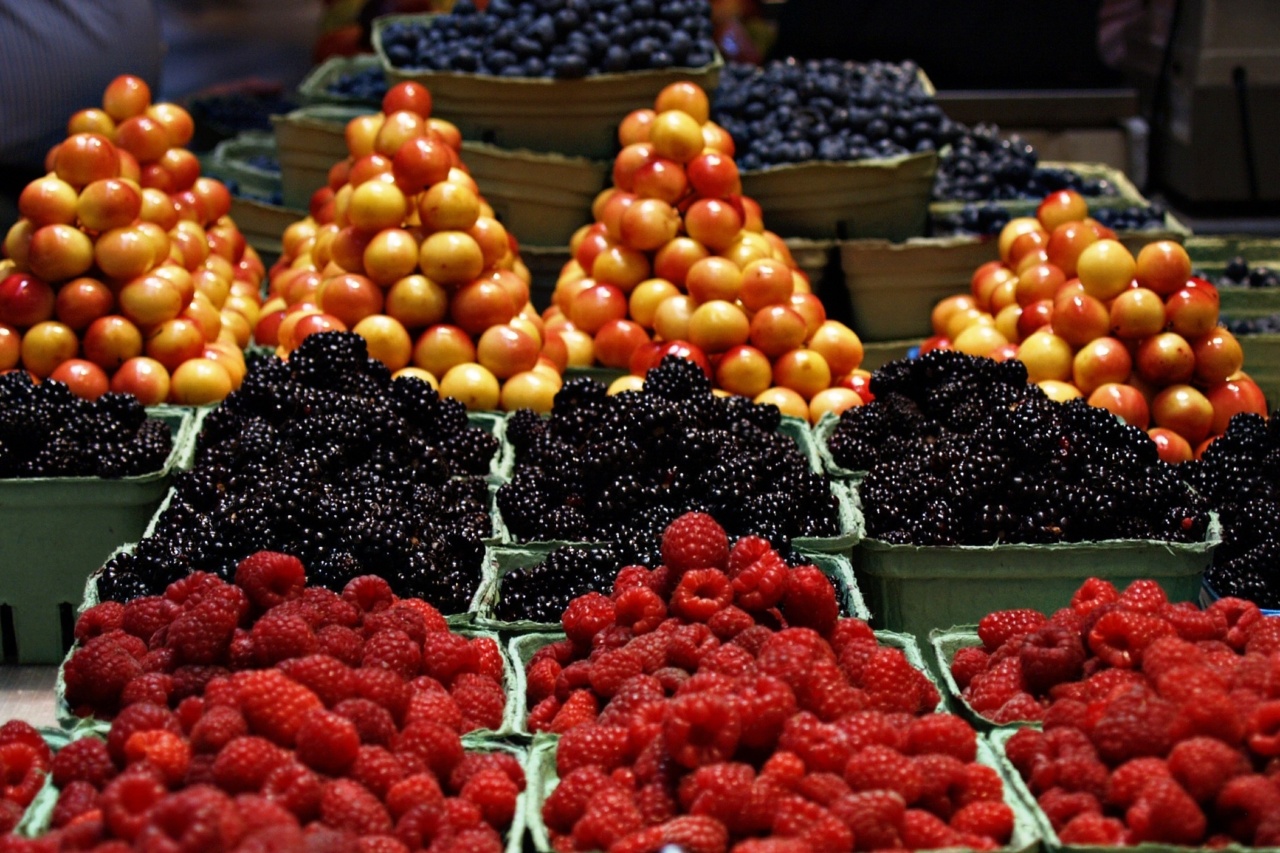Have you ever wondered what the shapes and appearances of different fruits and vegetables might indicate about their nutritional values? Believe it or not, there may be some truth to the old saying “you are what you eat.” In fact, the shape, color, and texture of various foods may reveal important information about their nutrient concentrations and health benefits. In this article, we will explore some of the ways in which you can use visual cues to make informed decisions about your diet.
The Colors of the Rainbow: Nutrient-Rich Fruits and Vegetables
One of the easiest ways to judge a food’s nutritional value is to look at its color. Brightly colored fruits and vegetables often contain high levels of vitamins, minerals, and antioxidants.
For example, orange fruits and vegetables, such as carrots, sweet potatoes, and cantaloupes, are rich in beta-carotene, a precursor to vitamin A that is essential for healthy skin, eyes, and immune function. Red fruits and vegetables like tomatoes and watermelon are packed with lycopene, an antioxidant that may help protect against cancer and heart disease.
Green leafy vegetables like spinach and kale are high in iron, calcium, and vitamin K, which are important for bone and blood health.
The benefits of colorful produce are not limited to fruits and vegetables, either. Nuts and seeds come in a variety of shapes and colors, each with their own unique nutrient profiles.
For example, almonds are high in healthy monounsaturated fats, vitamin E, and magnesium, while pumpkin seeds are rich in protein, fiber, and zinc.
The Shapes of Superfoods
Another way to recognize nutrient-dense foods is to pay attention to their shapes. In many cases, foods that are shaped like the organs they benefit may provide specific health benefits for those organs.
For example, walnuts, which are shaped like the human brain, are high in omega-3 fatty acids that are essential for brain health. Bananas, which look like smiles, are rich in mood-boosting tryptophan and vitamin B6. Celery, which resembles bones, is a good source of bone-strengthening minerals like calcium, magnesium, and phosphorus.
Another group of superfoods that have distinctive shapes are berries. Berries such as blueberries, strawberries, and raspberries are rich in antioxidants that help fight inflammation and protect cells against damage.
These small, round fruits are often likened to miniature jewels, and for good reason – their bright colors and sweet flavors make them a delicious and nutritionally-dense addition to any meal or snack.
Texture Matters: The Benefits of Crunchy and Creamy Foods
The crunch of a carrot or the smoothness of an avocado might not seem like important factors in choosing healthy foods, but textures can also provide clues about nutrient density.
Crunchy fruits and vegetables often contain high levels of fiber, which helps regulate digestion and keep us feeling full for longer periods of time. For example, celery, apples, and carrots are all high in fiber and can be eaten raw or cooked for added crunch.
On the other hand, creamy foods like avocados, nut butters, and hummus are high in healthy fats and protein, which help promote satiety and support brain function.
Texture can also play a role in the way we experience taste and satisfaction from our meals. Foods that are crunchy or chewy may require more effort to eat, which can slow down our eating speed and help us feel more satisfied with smaller portions.
Foods that are creamy or smooth may be more satisfying because they stimulate the same pleasure centers in the brain as sugary or fatty foods, without the added calories and negative health effects.
Putting it All Together: Building a Balanced Plate
Using visual cues to guide your food choices is a helpful tool for creating a balanced, nutrient-dense diet.
By incorporating a variety of colors, shapes, and textures onto your plate, you can ensure that you are getting a wide range of vitamins, minerals, and antioxidants. Here are some tips for building a healthy plate:.
- Fill half your plate with colorful fruits and vegetables
- Choose a variety of textures, including both crunchy and creamy foods
- Incorporate healthy fats like nuts, seeds, and avocados
- Include protein sources like lean meats, dairy, or plant-based options
- Avoid highly processed foods that are high in sugar and unhealthy fats
Remember, eating a healthy diet is not about restriction or deprivation. It’s about nourishing your body with the nutrients it needs to function optimally.
By taking a closer look at the shapes and appearances of the foods you eat, you can make better choices that will support your overall health and well-being.






























